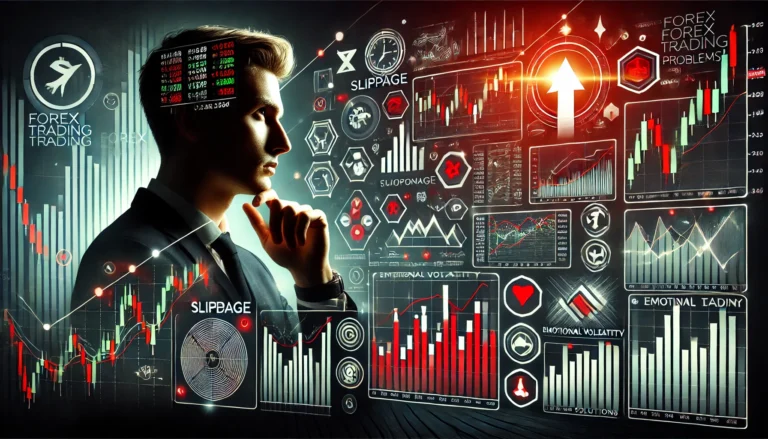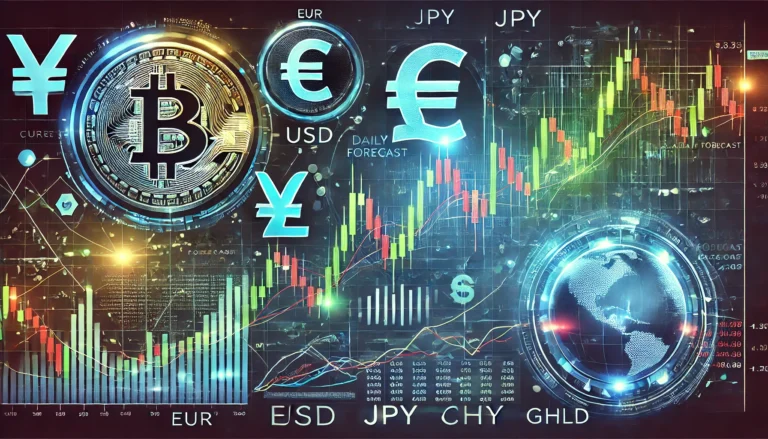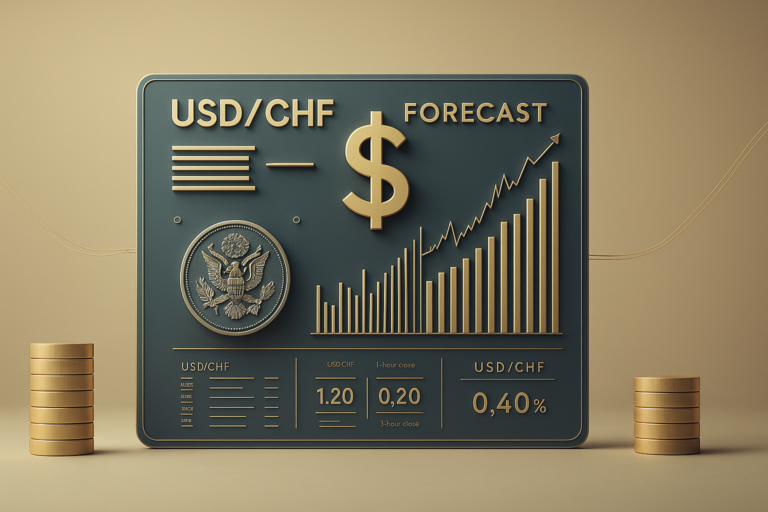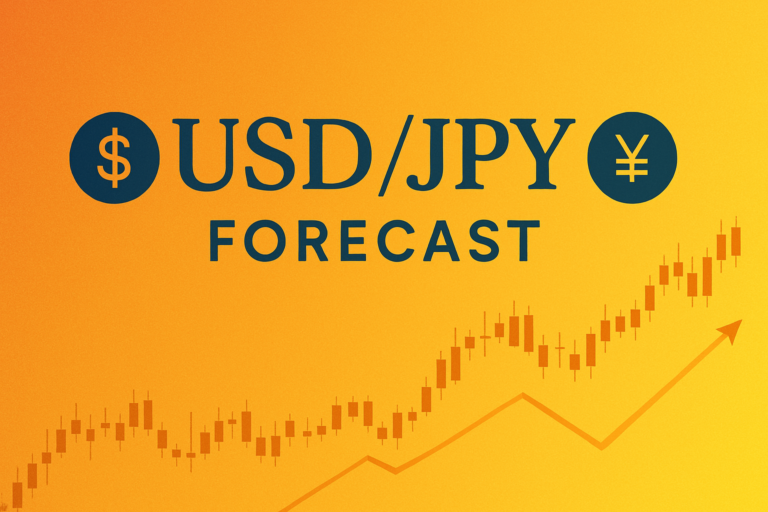
Too Many Charts can lead to confusion in Forex trading; simplify your analysis for better decision-making and trading success.
In the fast-paced world of Forex trading, many traders find themselves overwhelmed by the sheer number of charts available. It’s not uncommon to see traders juggling various indicators, timeframes, and trends all at once. This clutter can lead to confusion and indecision, which can be detrimental to trading success.
Both beginners and seasoned traders often struggle with “Too Many Charts” because they believe more information will lead to better decisions. However, this can create analysis paralysis, where the fear of making a mistake prevents any action. Understanding and addressing this issue is crucial for trading efficiently and confidently.
For instance, if you’re interested in how the USDCHF might perform, you can check out the USDCHF analysis June 27, 2025 to gain insights about future trends.
Understanding the Problem
The issue of “Too Many Charts” arises when traders try to analyze every possible indicator available. This usually stems from a desire to leave no stone unturned in their analysis. As a result, a trader may look at daily, hourly, and even minute-by-minute charts simultaneously, leading to conflicting signals.
Imagine a situation where a trader is analyzing the EUR/USD pair. On one chart, the price appears to be breaking out to the upside, while another shows a bearish trend. This conflicting information can lead to confusion and inaction. The problem often escalates during high volatility periods, such as major economic news releases, making it even harder to make informed decisions.
Solutions for Too Many Charts
To tackle the issue of “Too Many Charts,” follow these steps:
1. Limit Your Charts
Start by narrowing down the charts you use. Instead of having multiple timeframes open, focus on two or three that suit your trading style. For example, if you’re a day trader, you might want to look at the 15-minute and 1-hour charts.
2. Use Simple Indicators
Complex indicators can add to the confusion. Stick to simple ones like moving averages or RSI. For instance, a 50-day moving average can help you identify the overall trend without overwhelming you with data.
3. Create a Routine
Establish a trading routine that includes specific times to review charts. This will help you stay organized and focused. For example, spend 30 minutes every morning analyzing your preferred charts and indicators.
4. Keep a Trading Journal
Document your trades and the charts you focused on. This will help you understand which charts worked and which didn’t. Over time, you’ll learn to refine your approach.
5. Focus on High-Impact News
Pay attention to economic indicators that can impact the markets. For example, if you know that the U.S. is releasing employment data, focus on how this news affects your chosen charts.
6. Pro Tips
- Stay Calm: When you feel overwhelmed, take a break. Clear your mind before making decisions.
- Practice Mindfulness: Focus on what you know instead of what you can’t control.
7. Learn and Adapt
Continue to educate yourself about Forex trading. The more you learn, the easier it becomes to filter out unnecessary information.
For more insights, check out the AUDUSD Forecast September 03, 2025 for guidance on trading strategies.
Frequently Asked Questions
How do I detect this issue in real-time?
To detect “Too Many Charts,” look for signs of confusion. If you find yourself second-guessing your decisions or hesitating to trade, it’s a clear indicator. Consider simplifying your approach by focusing on fewer charts and indicators.
Can brokers legally do this?
Yes, brokers can offer various charting tools and indicators. However, it’s up to the trader to choose which ones to use wisely. Avoid being swayed by flashy tools that may not add real value to your trading.
What tools can I use to prevent this?
Use charting software that allows you to customize your view. Many platforms let you save templates, making it easier to switch between your preferred setups without clutter.
Is this problem more common in specific market conditions?
Yes, “Too Many Charts” can be more prevalent during volatile market conditions, such as when major news events occur. Traders may feel compelled to analyze every possible scenario, leading to confusion.
Conclusion
To wrap it up, dealing with “Too Many Charts” is a common challenge in Forex trading. By simplifying your analysis and focusing on what truly matters, you can make more confident trading decisions. Remember, managing this issue is achievable, and it will lead to more profitable trading experiences.
Stay curious and keep exploring the world of Forex trading. The more you learn, the better equipped you are to handle challenges like “Too Many Charts.”
Recommended Next Steps
To improve your trading experience and tackle the issue of “Too Many Charts,” consider the following:
- Limit the number of charts you use to 2-3.
- Focus on simple indicators that provide clear signals.
- Create a daily trading routine for chart analysis.
- Document your trading experiences in a journal.
- Stay informed about economic news that impacts your trades.
By implementing these steps, you can avoid the pitfalls of “Too Many Charts” and enhance your Forex trading skills.
Want to level up your trading skills? Check out trusted insights from Investing.com, The Balance
Expand Your Knowledge
- 📌 Forex Trading Learning Road Map
- 📌 Forex Trading Course with no Fees
- 📌 Forex Trading Issues, Problems, and Solutions
- 📌 Forex Daily Forecast & Live Updates
- 📌 Forex Fundamental & News Analysis: Tomorrow’s Market Movers & Trade Opportunities
- 📌 Forex Education Hub: Learn & Profit
- 📌 Forex Technical Analysis, Indicators & EA’s
Start Trading Today
Ready to take your forex trading to the next level? Open an account with Exness, one of the most trusted platforms in the industry. 👉 Sign Up Now and trade with confidence!
My recommended broker stands out with ultra-low spreads for beginners, instant withdrawals, and zero spread accounts for pro traders.
Trusted since 2008, lightning-fast execution, no hidden fees, and a secure, transparent trading environment—giving you the edge you need to succeed. 🚀
YouTube Video Library: Related Videos
Note: The video above is embedded from YouTube and is the property of its original creator. We do not own or take responsibility for the content or opinions expressed in the video.





